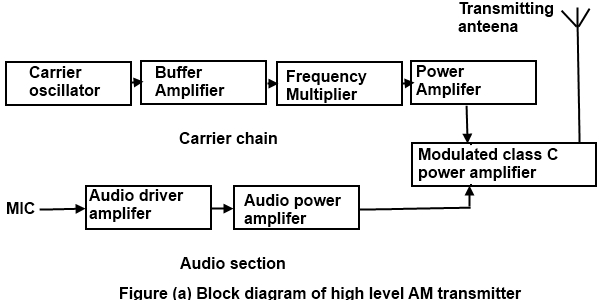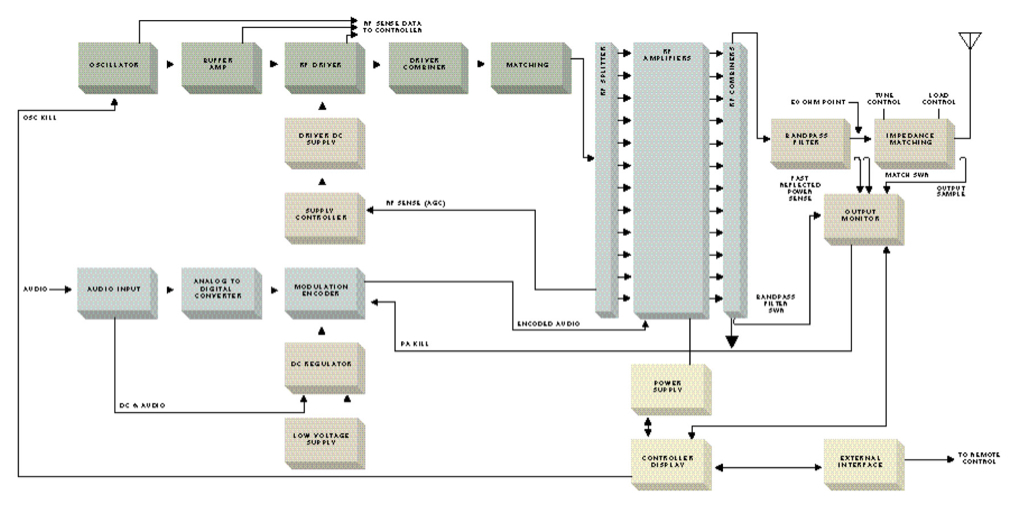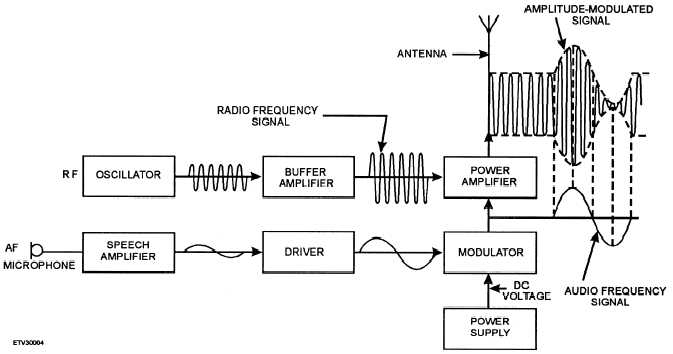You don't need a dummy load when you have an ANTENNA, and a 1/4 wave antenna for aircraft band is about 24 inches long.
22 inches, and if it isn't a decent distance away from the radio, you will get a whole bunch of unpleasantness as that RF feeds into every circuit in the radio by direct radiation.
For measuring equipment, you listen on another radio for SOUND when you talk into the mike for a couple of seconds.
Only if the radio is a significant distance away from the DUT or you will be listening to what is generated inside the radio, not what is being radiated.
Your familiarity with the emission type fits perfectly with your expertise with homebrew test setups.

Aviation radios are AM.
To be fair, if this guy's experience is with long range military radio, they do use SSB-SC, but civilian and UHF military are still good old double sideband full carrier AM.





